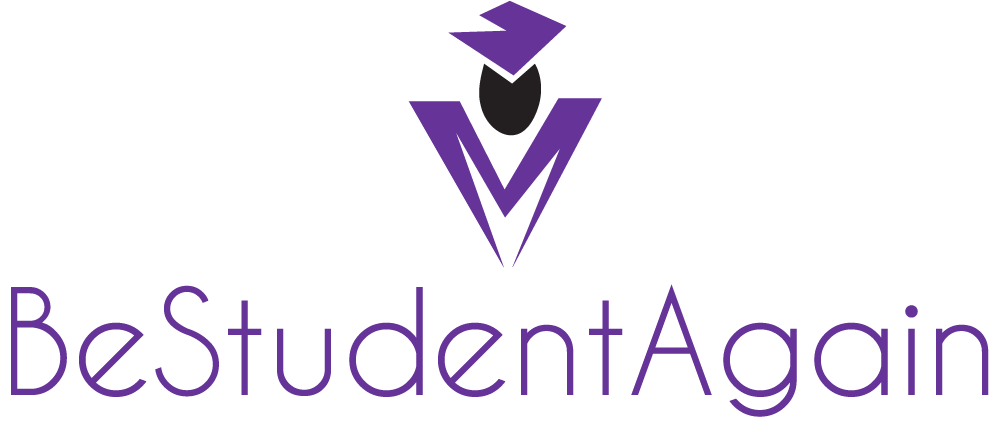Nouveau terrain de concurrence entre les universités et établissements d’enseignement supérieur, les MOOCs créent une vraie pression sur les universités, notamment celles des pays en voie de développement qui ne bénéficient malheureusement pas du même prestige que certaines grandes universités. COURSERA, la plus grande plateforme de MOOCs au monde, révèle que seulement 39% des inscrits aux MOOCs provenaient des Etats-Unis, suivis par le Brésil, Inde, Chine et Canada alors que plus de 60% des cours disponibles proviennent d’universités américaines.
Ainsi, même si ces cours permettent à tous, notamment aux régions pauvres, d’accéder gratuitement à une meilleure éducation, c’est cependant une vraie menace pour les universités « locales » qui ne répondraient pas aux nouveaux standards d’excellence attendus par les étudiants qui se sont habitués à suivre des cours en vidéo de professeurs de Yale, Harvard ou Brown University ! Par ailleurs, créer un MOOC n’est pas sans représenter un réel investissement financier et toutes les universités ne pourront donc pas s’offrir le luxe de proposer leurs cours en ligne. Elles risquent donc vite de se retrouver à la traine sur le plan du rayonnement international. Dans les années à venir, cette situation risque de poser des dilemmes cornéliens aux doyens d’universités petites à moyennes (en terme de renom comme de taille), installant par là un cercle vicieux.
Sebastian Thrun, Directeur du Département Recherche et Développement de Google, prédit ainsi que dans 50 ans, seules 10 universités dans le monde continueront à « délivrer » du contenu éducatif supérieur. Se pose également la question de la standardisation de l’éducation supérieure : comment préserver la diversité des contenus éducatifs ?
La course aux plateformes est désormais ouverte et la compétition mondiale entre les pays, universités et même « étudiants MOOCs » contre « étudiants réels » est bel et bien lancée ! Le véritable enjeu sera alors pour chaque université de capitaliser sur sa marque et sa réputation internationale pour se distinguer, Harvard ou Stanford se positionnant pour l’instant en leaders sur le marché de l’éducation en ligne.






